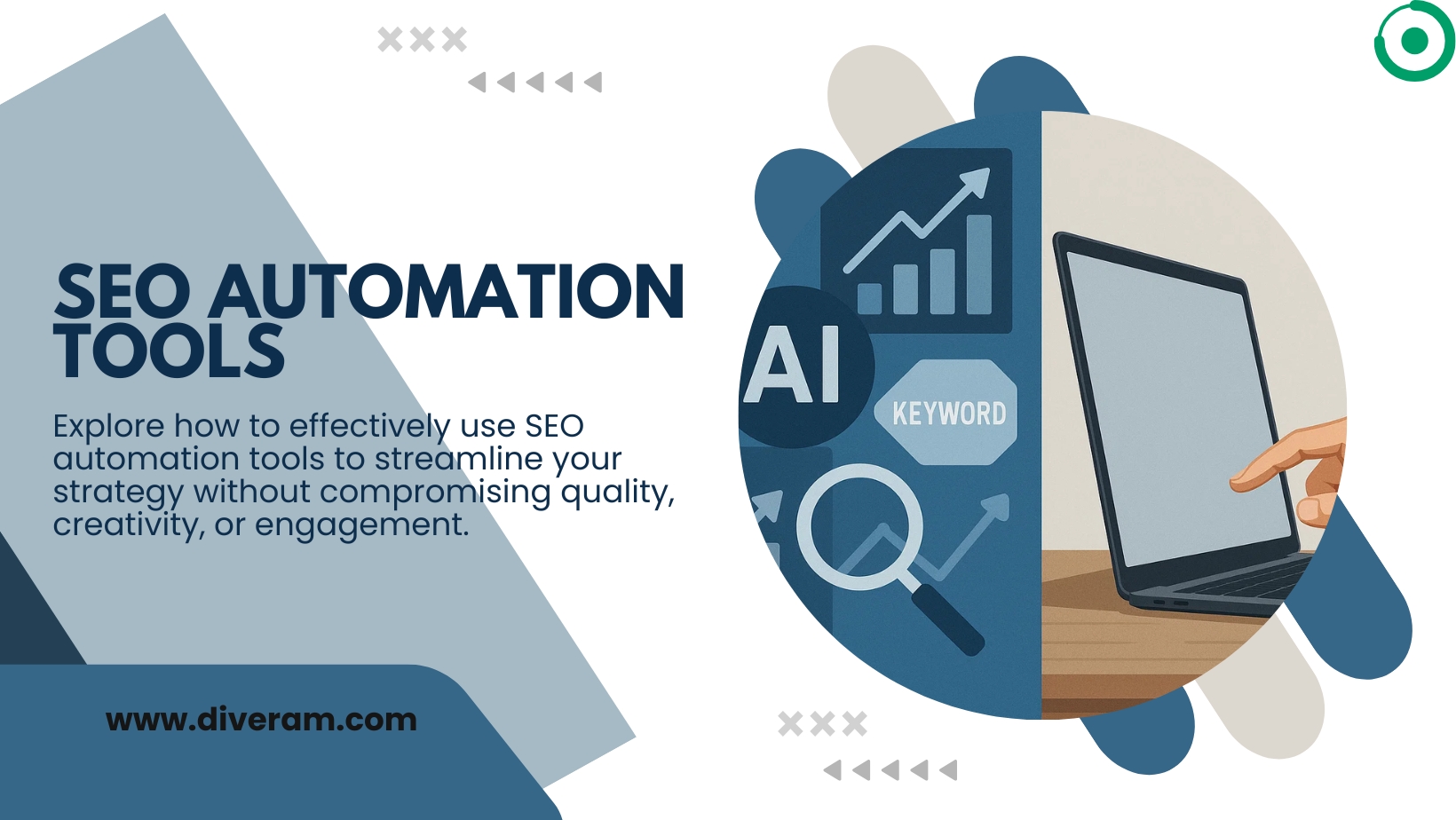User Experience in SEO: Boosting Rankings

Introduction to User Experience in SEO
In the fast-paced world of search engine optimization (SEO), user experience (UX) has emerged as a crucial factor. Search engines like Google now prioritise delivering the best possible experience to users, and websites that prioritise UX are rewarded with higher search rankings. In this comprehensive blog post, we will delve into the power of user experience in SEO, exploring various factors that impact it and providing actionable tips on how to improve it.
Website Speed
One of the most critical aspects of user experience is website speed. Users expect websites to load quickly, and search engines recognize this by prioritising fast-loading sites in their rankings. To improve website speed, there are several optimization techniques you can implement:
- Optimise Images: Compress images without sacrificing quality to reduce file sizes and improve loading times.
- Minimise Plugins: Limit the use of unnecessary plugins that can slow down your website’s performance.
- Leverage Browser Caching: Utilise browser caching to store static files on users’ devices, reducing the need to fetch them from the server each time.
- Content Delivery Network (CDN): Consider using a CDN to distribute your website’s content across multiple servers, enabling faster content delivery to users in different geographical locations.
Mobile-Friendliness
With the exponential rise in mobile device usage, having a mobile-friendly website is no longer optional—it’s essential. Google’s mobile-first indexing means that the mobile version of your site is prioritised in search results. To enhance mobile-friendliness:
- Responsive Design: Adopt a responsive design that automatically adapts to different screen sizes and resolutions, ensuring your website looks and functions well on all devices.
- Tap-Friendly Elements: Ensure buttons and links are easy to tap on touchscreen devices, avoiding crowded or overlapping elements that can lead to frustrating experiences for users.
- Pop-Up Optimization: Minimise the use of pop-ups that may obstruct content on mobile devices, or use mobile-specific pop-ups that are less intrusive.
Navigation and Site Structure
A well-structured website with intuitive navigation not only helps users find the information they need but also improves search engine crawlability. Here are some tips to optimise navigation and site structure:
- Logical Organisation: Organise your content using logical categories and subcategories, making it easy for users to navigate and find what they’re looking for.
- Clear Navigation Menu: Include a clear and visible navigation menu that is easily accessible from any page on your website.
- Descriptive Anchor Texts: Use descriptive anchor texts for internal links, providing users and search engines with context about the linked content.
Quality Content
Creating high-quality, relevant, and engaging content is paramount for both UX and SEO. Users visit your website seeking valuable information, and search engines prioritise websites that meet user intent. To optimise your content:
- Informative and Readable: Develop content that is informative, well-researched, and easy to read. Use headings, bullet points, and visuals to break up text and improve readability.
- Keyword Optimization: Include relevant keywords in your content naturally and meaningfully, without resorting to keyword stuffing. Focus on providing value to your users.
- Unique and Original: Ensure your content is unique and original, avoiding duplicate content issues that can negatively impact both UX and SEO.
Clear Call-to-Actions (CTAs)
Effective CTAs guide users towards desired actions, such as making a purchase, subscribing to a newsletter, or filling out a contact form. Well-placed and clearly visible CTAs enhance UX by reducing friction and improving user flow. Consider the following when designing CTAs:
- Placement and Design: Position your CTAs strategically, making them noticeable without overwhelming other elements on the page. Use contrasting colors and compelling copy to make them stand out.
- Compelling Copy: Use persuasive language to encourage user interaction. Clearly communicate the benefits or value of taking the desired action.
- A/B Testing: Experiment with different variations of CTAs to determine which ones resonate best with your audience. Analyse the data to make data-driven decisions and optimise your CTAs for better conversions.
Minimise Pop-ups and Intrusive Ads
While pop-ups and intrusive ads can generate revenue, they can also detract from the overall user experience. Excessive or disruptive advertising can lead to increased bounce rates and lower search rankings. Consider the following strategies:
- Strategic Placement: Place ads in non-obtrusive areas that don’t disrupt the main content or impede users’ ability to navigate and consume information.
- Non-intrusive Formats: Opt for less intrusive ad formats, such as banner ads or native ads that seamlessly blend with the website’s design and content.
- Exit-Intent Pop-ups: Implement exit-intent pop-ups that are triggered when users are about to leave the site. These pop-ups can display relevant offers or incentives to encourage users to stay or take a desired action.
Accessibility
Creating an accessible website not only benefits users with disabilities but also improves overall UX. Consider implementing the following accessibility features:
- Alt Tags: Use descriptive alt tags for images to provide alternative text for visually impaired users and search engines to understand the content of the image.
- Proper Heading Structure: Utilise proper heading structure (H1, H2, H3, etc.) to help users navigate through your content easily and improve readability for screen readers.
- Descriptive Link Texts: Avoid using generic link texts like “click here” and instead use descriptive link texts that provide context about the linked content.
- Transcripts for Multimedia: Provide transcripts or captions for audio or video content to make them accessible to users with hearing impairments or those who prefer reading content.
Conclusion
In the dynamic world of SEO, user experience plays a pivotal role in determining the success of your website. By optimising factors such as website speed, mobile-friendliness, navigation, content quality, CTAs, ad placement, and accessibility, you can enhance both the user experience and search engine visibility of your website. Embracing the power of user experience in SEO not only improves your rankings but also establishes a strong connection with your audience, leading to increased engagement and conversions. Stay committed to providing exceptional user experiences, and you’ll reap the rewards of improved SEO performance and a growing base of satisfied users.




